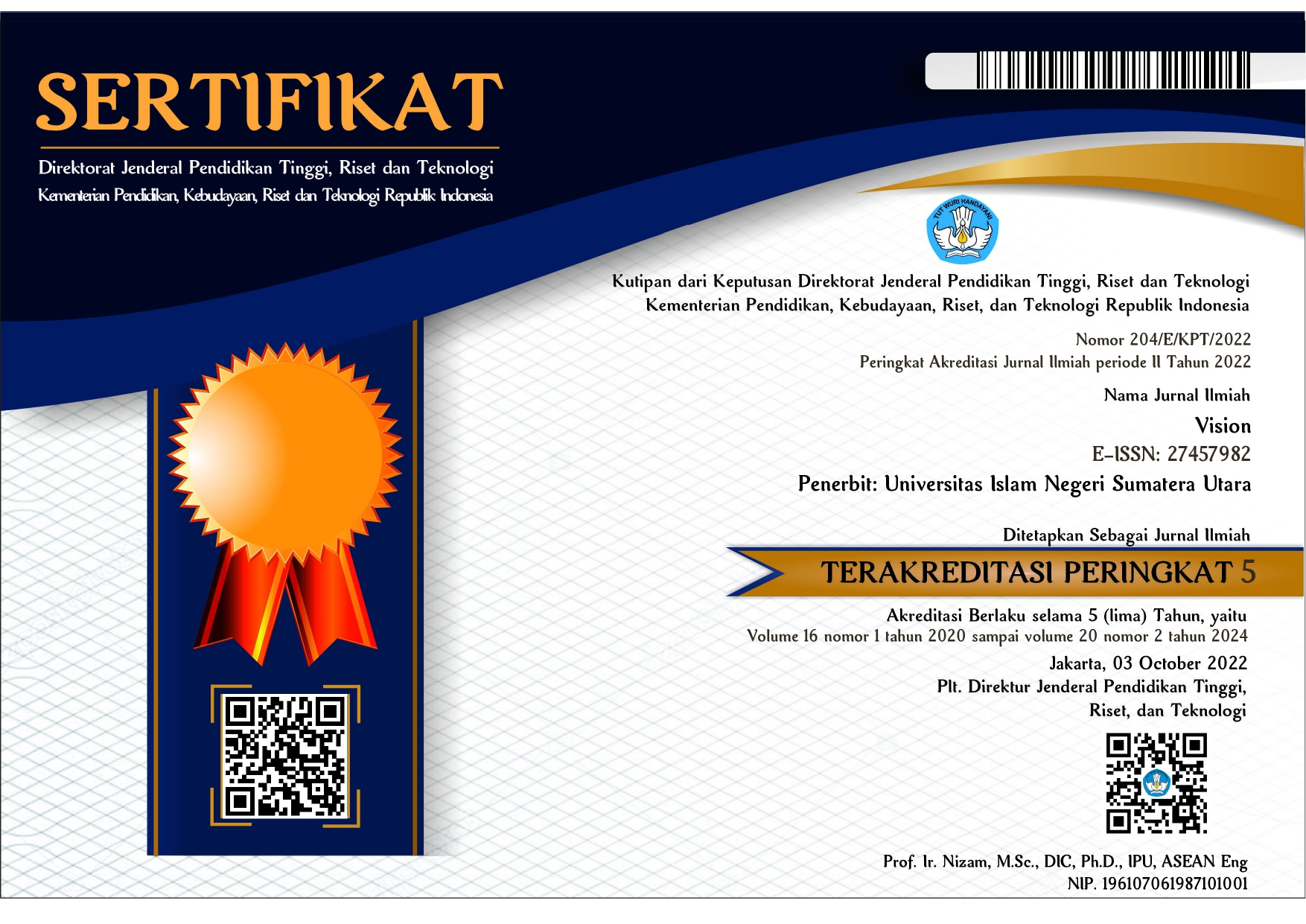THE VALUE OF TEACHERS’ EFFECTIVE PRAISE AND FEEDBACK TO ADULT LEARNERS TO CREATE A POSITIVE CLASSROOM CLIMATE
Abstract
Full Text:
PDFReferences
Beaman, R., & Wheldall, K. (2000). Teachers’ use of approval and disapproval in the classroom. Educational Psychology, 20(4), 431-446.
Brophy, J. (1981). Teacher praise: A functional analysis. Review of Educational Research, 51, 5-32. Bucholz, J. L., & Sheffer, J.L. (2009). Creating a warm and inclusive classroom environment: Planning for all children to feel welcome. Electronic Journal for Inclusive Education, 2 (4).
Burnett, P. C. (2001). Elementary students' preferences for teacher praise. Journal of Classroom Interaction, 36(1), 16-23.
Dorman, J.P., Aldridge, J.M., & Fraser, B. J. (2006). Using students’ assessment of classroom environment to develop a typology of secondary school classrooms. International Education Journal, 7(7), 906-915.
Fredrickson, B.L. (2001). The role of positive emotions in positive psychology: The broadenand-build theory of positive emotions. American Psychologist, 56(3), 218-226.
Gardner, R. C. (2004). Attitude Motivation Test Battery: International AMTB Research Project. Canada: The University of Western Ontario. Retrieved from http://publish.uwo.ca/~gardner/docs/englishamtb.pdf
Hawkins, S. M., & Heflin, L. J. (2011). Increasing secondary teachers’ behavior-specific praise using a video self-modeling and visual performance feedback intervention. Journal of Positive Behavior Interventions, 13(2) 97–108.
Harmer, J. (2001).The practice of English teaching: 3rd edition. Longman.
Hitz, R., & Driscoll, A. (1988, July). Praise or encouragement? New insights into praise: Implication for early childhood teachers. Young Children, 6-13.
Johansson, B., & Svedner, P. O. (2006). Examensarbetet I lärarutbildningen. Uppsala: Kunskapsföretaget.
Kalis, T. M., Vannest, K. J., & Parker, R. (2007). Praise counts: Using self-monitoring to increase effective teaching practices. Preventing School Failure, 51, 20-27.
Richards, J. C., & Rodgers, T. S. (2014). Approaches and methods in language teaching: A description and analysis. Cambridge: Cambridge University Press. Rogers, C. R. (1977). Carl Rogers on personal power: Inner strength and its revolutionary impact. New York, Delacorte Press.
Weimer, M. (2009, July 20). Effective teaching strategies: Six keys to classroom excellence (Blog post). Faculty Focus.
Werts, M. G., Wolery, M., Gast, D. L., & Holcombe, A. (1996). Sneak in some extra learning by using instructive feedback. Teaching Exceptional Children, 28, 70-71.
Wright, Jim. (2012). Teacher Praise: An Efficient Tool to Motivate Students. ‘How RTI Works’ Series. Retrieved from www. interventioncentral.org
Website:
https://education.gov.gy/web/index.php/teachers/tips-for-teaching/item/1799-how-to-create-apositive-classroom-atmosphere
DOI: http://dx.doi.org/10.30829/vis.v16i1.714
Refbacks
- There are currently no refbacks.
Copyright (c) 2020 VISION
















